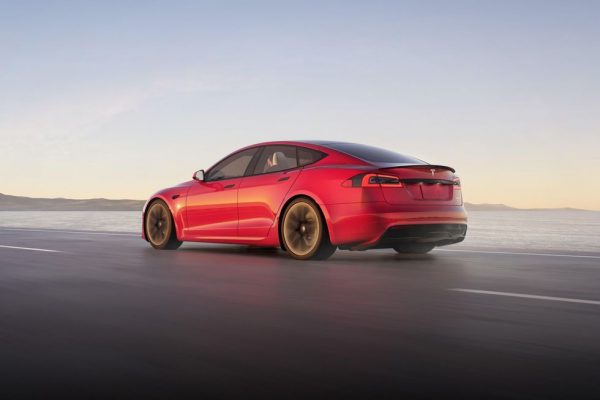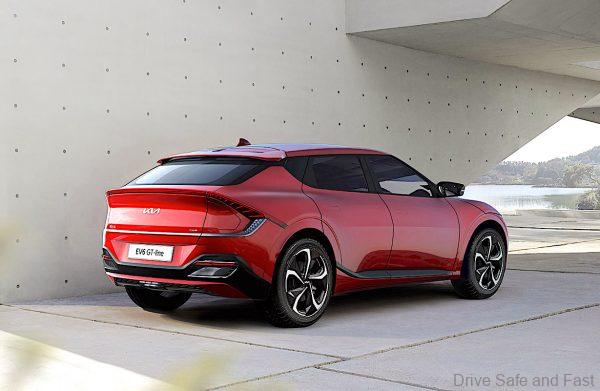To sell an EV today, the sexiest metric is acceleration time.
When turbocharging became the norm for mass-market cars, this sales technique was employed as well. Turbocharged engines, even with relatively small displacements between 1 to 2 litres offered a surge of torque as soon as you went near the accelerator pedal. Salespeople were more than willing to let potential customers take a test drive and experience this for themselves. And instead of this sales gimmick dying a quick death, it has become the norm.

In many countries today, electric vehicles are also being marketed on the promise of instant torque and acceleration. Just as turbocharged engines made naturally-aspirated engines seem sluggish, electric motors are making all internal combustion engines look unimpressive by comparison. The thing is, the reason why a lot of car companies are offering turbocharged engines is that there’s a legal necessity to improve fuel economy and emissions in many markets.

There are things one can do to a relatively medium-sized, naturally-aspirated engine to make it pass emissions testing. Nissan, Mazda and Toyota are quite exemplary in that regard. They all continue to offer 2.0-litre and 2.5-litre petrol engines that meet and exceed emissions standards.

However, the easier way out for companies is to bring displacement down. To counteract the reduction in power, these lower displacement engines are then turbocharged (and sometimes supercharged). With the right ECU programming, car companies that follow this strategy can hit emissions and fuel consumption limits set by legislation. At the same time, when a customer gets behind the wheel at a showroom, what’s being ‘sold’ is not the fuel efficiency, but the torquey response in real-world conditions. However, in day-to-day use, whether you’re driving a modern 2-litre n/a or a 1.5-litre turbo, it’s more your driving style and traffic conditions that dictate fuel economy and emissions.

Back in the 1990s, a typical entry-level sports car would have been able to do the century sprint in maybe 6 to 7 seconds. Today, many mainstream electric vehicles easily post those numbers. The upcoming Kia EV6 does it in 6.2 seconds… Even the second-generation Nissan LEAF can do 0-100km/h in under 8 seconds. We haven’t even spoken about the performance-oriented models yet.

The Tesla Model S Plaid that was recently launched can apparently do 0-100km/h in 2 seconds when conditions are right. That’s insane.
But there are parallels we can draw here to the downsize, turbocharge strategy that internal combustion engines went through. When an electric car is driven fast, its range drastically drops. And the first thing people want to do when they get behind the wheel of an electric car is to see how quickly it can accelerate. Even the marketing teams are aware of this and will go out of their way to make sure this is experienced.

Now, it is important to have an enjoyable experience behind the wheel. But what exactly is the point of flag-waving environmental protection if the thing that sells electric vehicles is performance? After all, there’s credible evidence that shows tyre and brake dust particles are far more toxic to the environment than exhaust emissions.